Crafting Bliss: Homemade Lavender Body Soap for Nourished and Chemical-Free Skin
In a world filled with commercial products loaded with chemicals and artificial ingredients, there's something truly satisfying about creating your own homemade essentials.
From transforming your garden bed to crafting your own laundry detergent, the joy of homemade creations knows no bounds. Today, we'll explore the art of making homemade body soap using nourishing ingredients like olive oil, goat's milk, and lavender essential oil. Not only will this soap leave your skin feeling soft and refreshed, but it also ensures that you're using a chemical-free product that's gentle on both your body and the environment. Let's dive into the recipe and discover the wonders of homemade body soap.
Homemade Lavender Body Soap Recipe:
Ingredients:
- - Olive oil (pure, not extra virgin)
- - Goat's milk
- - Lavender essential oil
- - Lye (caustic soda)
- - Distilled water
Instructions:
1. Ensure you're working in a well-ventilated area and wearing protective gloves and eyewear. Safety is crucial when handling lye.
2. Weigh out the desired amount of olive oil and pour it into a heat-resistant container or stainless-steel pot.
3. In a separate container, measure the goat's milk. Slowly add the lye to the milk, stirring gently until the lye is fully dissolved. Be cautious as the mixture may heat up and release fumes.
4. Allow the milk and lye mixture to cool down to approximately 100°F (38°C).
5. Once the milk and lye mixture has cooled, carefully pour it into the container with the olive oil. Stir the mixture gently but thoroughly, ensuring the ingredients are well combined.
6. Continue stirring until the mixture reaches a stage known as "trace." This is when the soap mixture thickens to a consistency similar to pudding.
7. At this point, add a few drops of lavender essential oil to the mixture and stir well to evenly distribute the fragrance.
8. Pour the soap mixture into molds of your choice, ensuring they are clean and dry. Smooth the surface of the soap with a spatula or the back of a spoon.
9. Cover the molds with a clean cloth or plastic wrap to insulate the soap. Allow it to cure for 24 hours.
10. After 24 hours, carefully remove the soap from the molds. Cut the soap into bars of your desired size. Place the bars on a rack or in a box with adequate airflow to cure for 4-6 weeks.
11. During the curing process, turn the soap bars occasionally to ensure even drying and hardening.
12. After the curing period, your homemade lavender body soap is ready to use. Enjoy the soothing scent and the nourishing properties it brings to your bathing routine.
Creating your own homemade body soap is a rewarding experience that allows you to customize the ingredients to suit your preferences and needs.
By combining olive oil, goat's milk, lavender essential oil, and lye, you can craft a gentle and nourishing soap that will leave your skin feeling soft and rejuvenated. Embrace the natural goodness of homemade soap, free from harsh chemicals, and relish in the knowledge that you're caring for your body and the environment. Soothe your senses with the delightful fragrance of lavender and revel in the silky-smooth texture of your skin after each use. Take pride in your homemade creation and indulge in the simple pleasures of a chemical-free bathing experience.

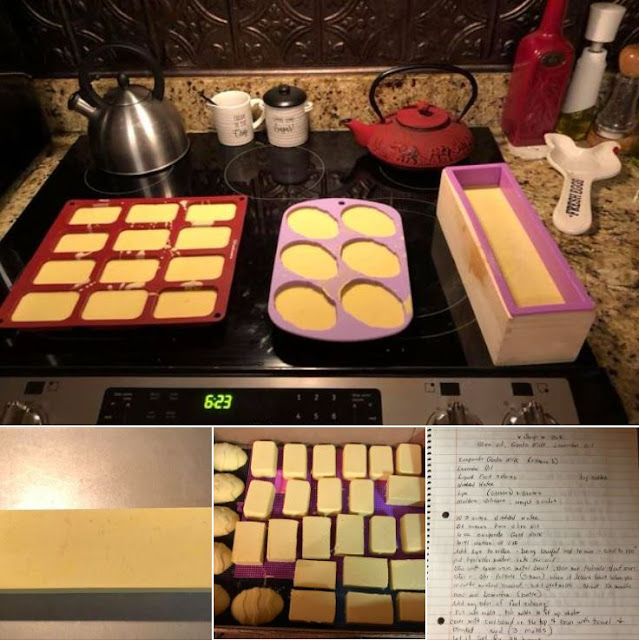


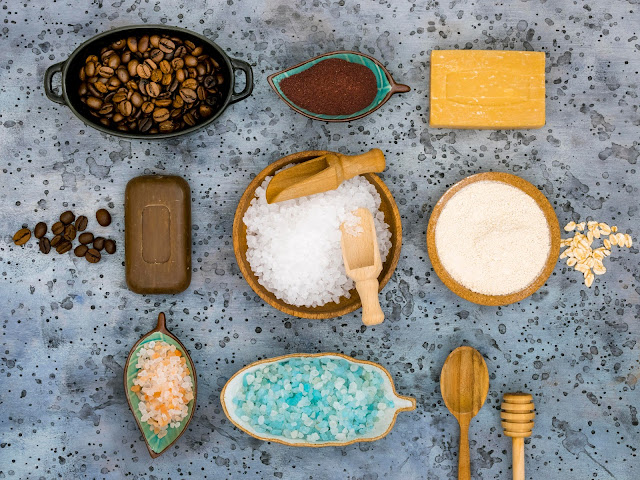

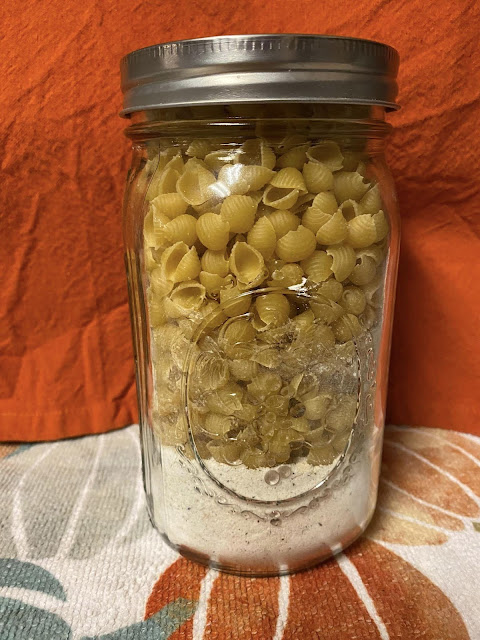




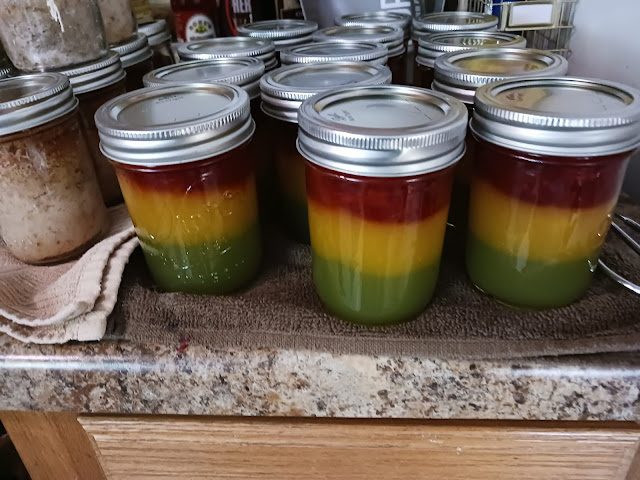

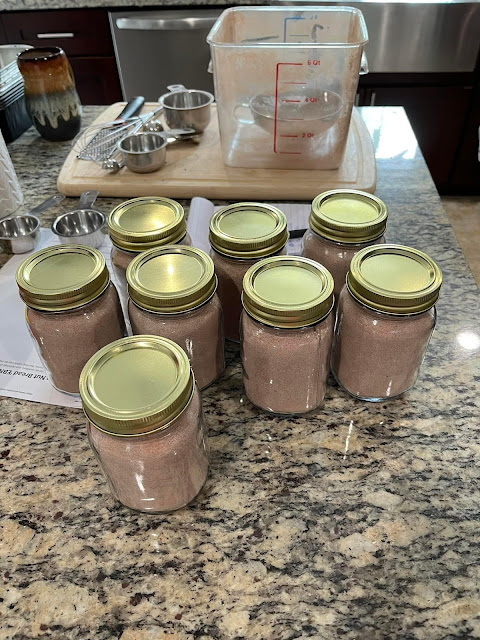
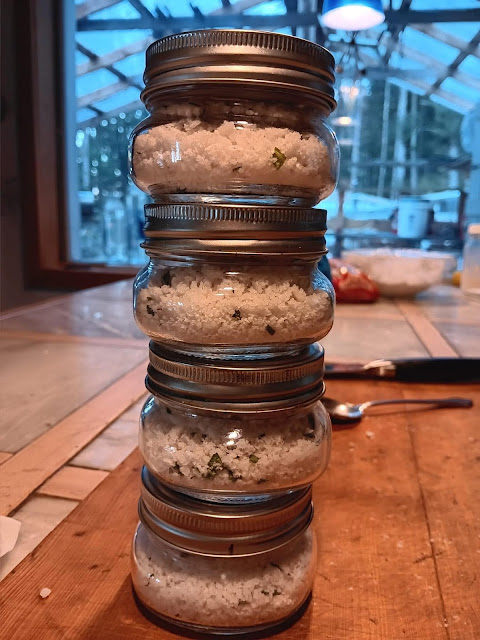
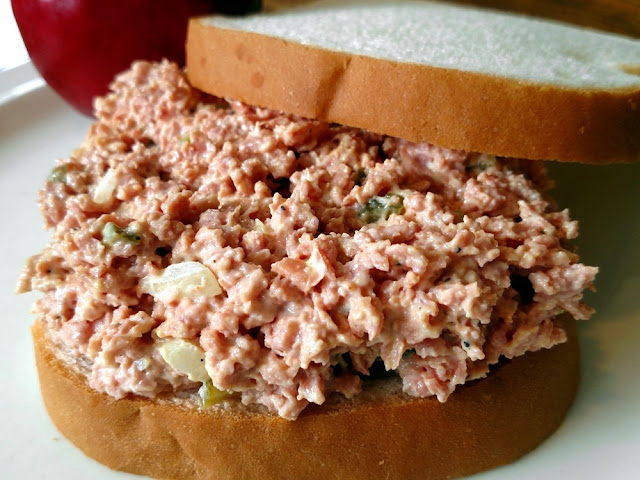
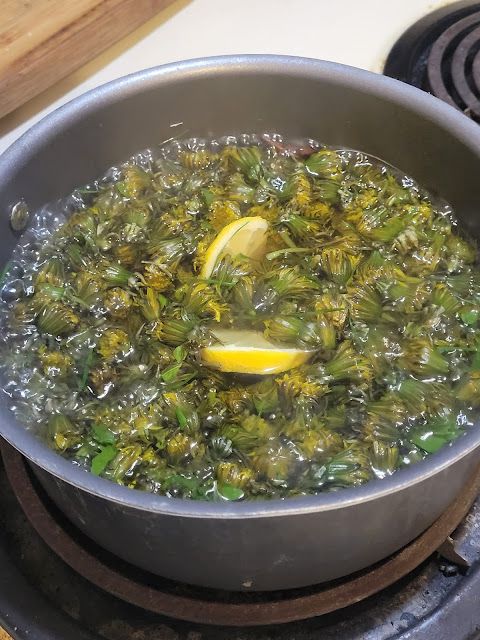



Comments
Doesn't say amounts of each ingredients
ReplyDeleteno it has to be a specific measurement
DeleteExperienced soapmaker here. This is not a safe recipe by any stretch of the imagination. Admin, please take this down. If you are interested in soapmaking, there are many reliable sources for information (the Soap Queen or Nerdy Farm Wife being two of them). Lye is not something to "eyeball" EVER, and soap is not something you can just throw together on a whim. If ingredients are used in the wrong quantities and ratios, this concoction can be extremely dangerous, toxic even.
ReplyDeleteNo amount measurements? Have you ever read a recipe?
ReplyDeleteYou cannot "stir the mixture gently" and get to trace when doing cold process soap. This "recipe" is so misleading, incomplete, dangerously presented, and should be removed or edited. Considering how easy it is to find good information on the internet, it's shocking how badly this idea was presented.
ReplyDeleteDo make soap, people, but use a better resource to learn how.
As a soap maker I see so many things wrong with this. Soap making takes so much research before even attempting to make. Safety is the number one thing to research. I see a trip to the hospital reading this. Lye is not something you can just pick up and start using. The quantities of each ingredient must be exact and the way in which you mix ingredients must be done in a certain way. Homemade soap if made properly is a beautiful thing but if not done well can be harmful in both the making and using of the actual soap. Do not attempt this recipe.
ReplyDeleteResponding as someone with 20+ years' goat milk soapmaking experience. Please remove this recipe! Without specific amounts of each ingredient listed, it's horribly dangerous. You can't make a usable bar of soap this way. If you want to make soap, please exercise due diligence and find a safe recipe. There are plenty of them on YouTube or on websites with formulates on them, such as Brambleberry.
ReplyDeleteThis is a misleading and potentially dangerous post. Soap cannot be safely made without a precise recipe, with ingredients weighed to the gram. It could burn the skin. Please remove this recipe, there are plenty of sources for accurate soap recipes with precise amounts.
ReplyDeleteDid someone use AI to write this? Because no one who has ever made soap wrote this. Reiterating what other soapmakers have said- please do not use this ‘recipe’
ReplyDeleteare the exact measurement listed some where, this could be dangerous for first time soap makers.. If you mess up the lye mixture it could not set or at the worst burn your skin...
ReplyDelete